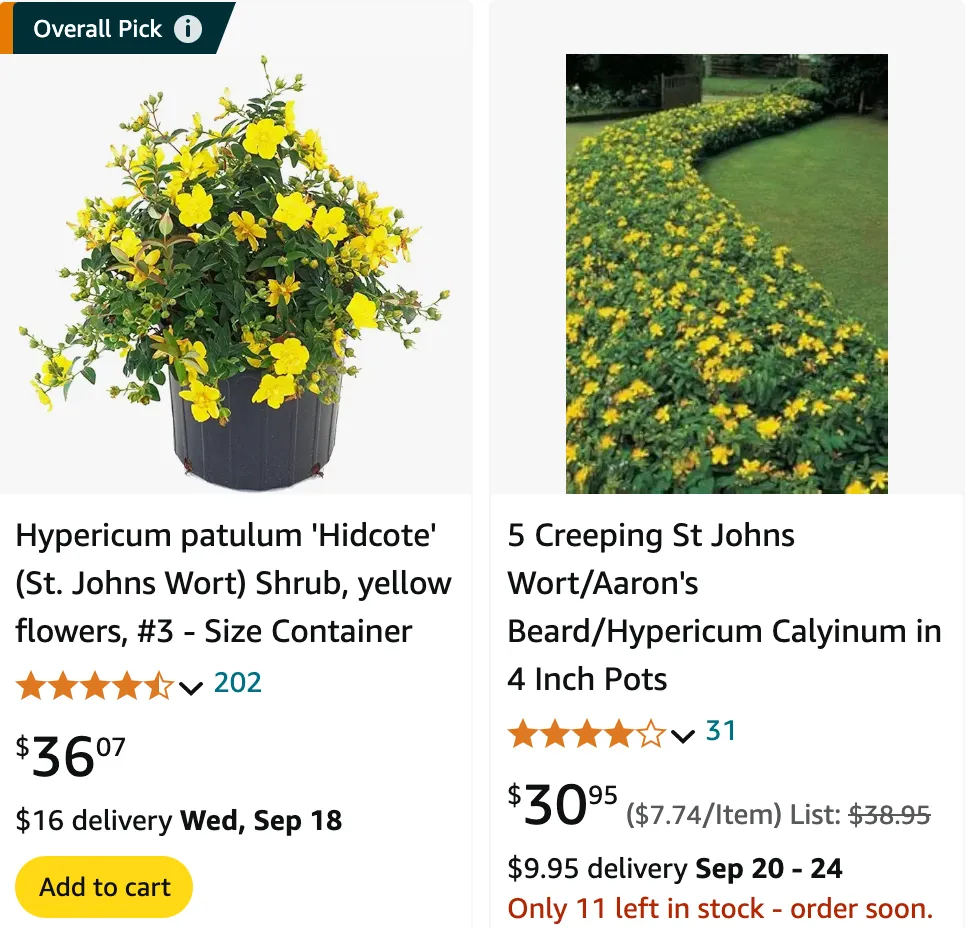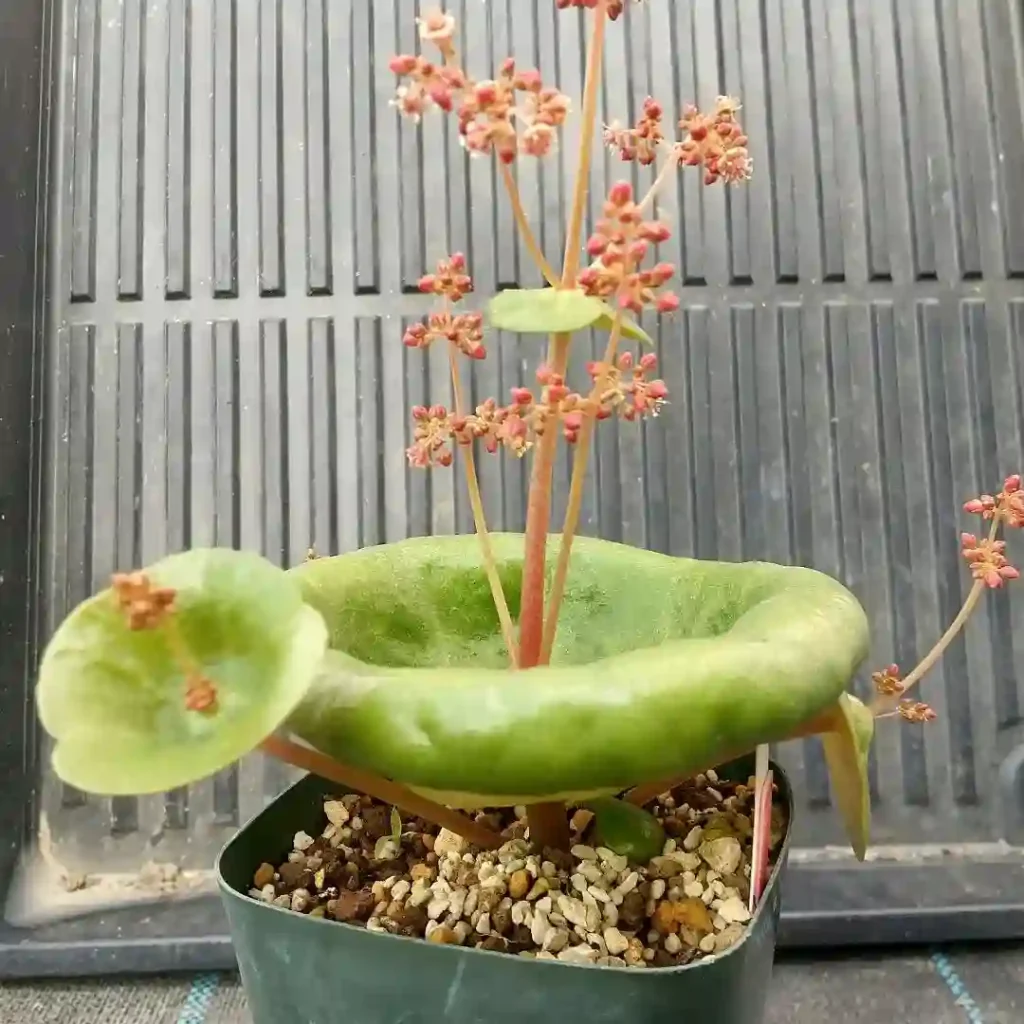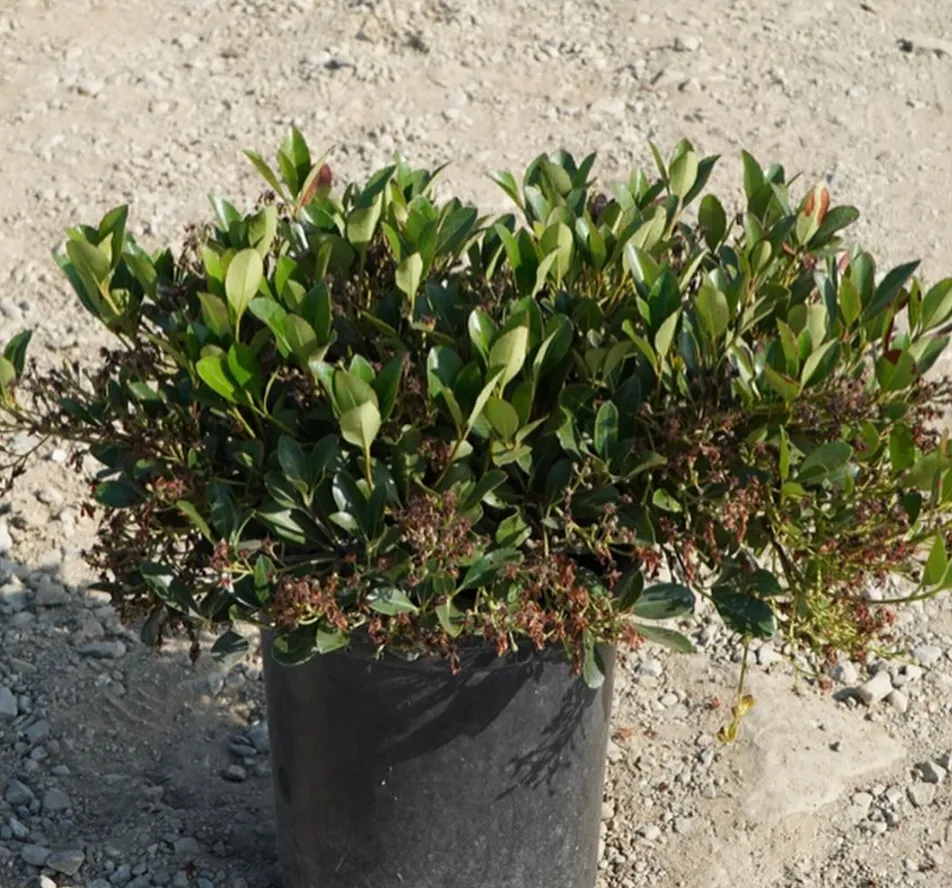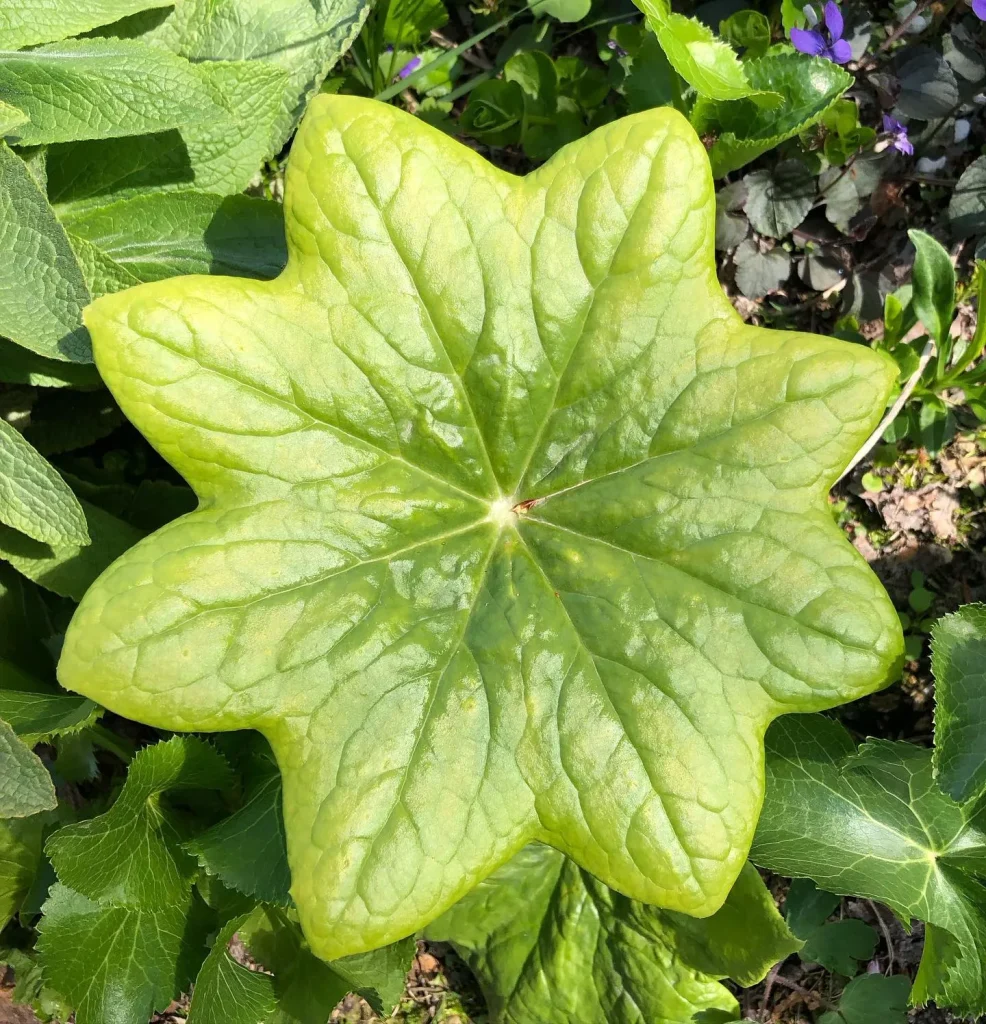
FAQs About Hypericum Hidcote
I’ve had a few questions come my way about Hypericum Hidcote, and I thought I’d dive into some of the most frequently asked questions to help out anyone curious about this stunning plant. Hypericum Hidcote, also known as St. John’s Wort, is a beautiful, hardy shrub that brings vibrant yellow blooms and rich green foliage to gardens. Here’s everything you need to know!
525 Species in Genus Hypericum
What Is Hypericum Hidcote?
Hypericum Hidcote is a variety of St. John’s Wort, a plant known for its striking yellow flowers and attractive foliage. It’s a compact shrub that typically reaches about 2 to 3 feet in height, making it an excellent choice for smaller gardens or as a border plant. It thrives in well-drained soil and full sun, providing a splash of color from late summer to early fall.
Where Is Hypericum Hidcote Native?
Hypericum Hidcote is a hybrid plant that’s derived from several species of St. John’s Wort. While St. John’s Wort species are native to various regions across Europe, the Hidcote variety itself has been cultivated and popularized in gardens rather than being a wild native plant. It’s appreciated for its ornamental value rather than its wild origins.
Is Hypericum Hidcote Poisonous?
One of the most common questions I get is about the toxicity of Hypericum Hidcote. The short answer is yes, Hypericum Hidcote can be toxic, particularly to pets. It contains compounds that can cause adverse reactions if ingested. While it’s not as dangerous as some other plants, it’s always a good idea to keep an eye on pets and children to prevent any accidental consumption.
Is Hypericum Hidcote Poisonous to Dogs?
Yes, Hypericum Hidcote is considered toxic to dogs. If a dog chews on or ingests parts of the plant, it can lead to symptoms like vomiting, diarrhea, or even more severe reactions depending on the amount consumed. If you suspect your dog has ingested part of this plant, it’s best to consult a veterinarian immediately.
How to Care for Hypericum Hidcote?
Caring for Hypericum Hidcote is fairly straightforward. It prefers full sun but can tolerate partial shade. The plant thrives in well-drained soil and doesn’t require a lot of extra fertilization. Regular watering is essential, especially during dry periods. However, be careful not to overwater, as this can lead to root rot.
How to Prune Hypericum Hidcote?
Pruning Hypericum Hidcote is important for maintaining its shape and encouraging healthy growth. The best time to prune is in late winter or early spring, before new growth starts. Remove any dead or damaged branches and shape the plant to maintain a tidy appearance. If you need to do a heavier pruning, you can also trim it back after it finishes flowering, but avoid cutting too much as it may impact the plant’s ability to bloom the following year.
When to Prune Hypericum Hidcote?
Pruning Hypericum Hidcote should ideally be done in late winter or early spring. This timing allows the plant to recover and put energy into new growth as the growing season begins. If you miss this window, you can still prune after flowering, but it’s best to avoid heavy pruning as it may reduce flowering in the current year.
How to Propagate Hypericum Hidcote?
Propagating Hypericum Hidcote can be done through both seed and cuttings. For seed propagation, sow seeds in early spring after the last frost. Keep the soil moist and provide a warm environment for germination. For cuttings, take semi-hardwood cuttings in late summer or early fall. Dip the cut ends in rooting hormone, plant them in a well-draining mix, and keep them in a warm, humid environment until they establish roots.
Hypericum Hidcote vs Calycinum
When comparing Hypericum Hidcote to Calycinum, it’s essential to note that while both are types of St. John’s Wort, they have distinct characteristics. Hypericum Hidcote is known for its compact growth and vibrant yellow flowers, while Hypericum Calycinum, or ‘Creeping St. John’s Wort,’ tends to be more spreading and ground-covering with slightly different flower and leaf structures. Both plants have their own charm, so the choice depends on your garden needs.
What to Plant With Hypericum Hidcote?
Hypericum Hidcote pairs well with a variety of other plants. For a vibrant summer garden, consider planting it alongside other perennials like lavender, salvia, or echinacea. It also works well with ornamental grasses or as part of a mixed border with shrubs and flowering plants for added texture and color contrast.
Can You Grow Hypericum Hidcote Indoors?
Hypericum Hidcote is primarily an outdoor plant and thrives best in garden settings. While it can be grown indoors, it requires a lot of sunlight and space to reach its full potential. It’s better suited for outdoor gardens where it can spread out and bloom naturally.
Benefits of Hypericum Hidcote
Hypericum Hidcote is valued for its ornamental appeal. It provides bright, cheerful blooms that last through late summer and fall, and its compact size makes it versatile for various garden designs. Additionally, it attracts pollinators like bees and butterflies, making it a great choice for a pollinator-friendly garden.
Common Problems with Hypericum Hidcote
One common issue with Hypericum Hidcote is susceptibility to powdery mildew, especially in humid conditions. To prevent this, ensure good air circulation around the plant and avoid overhead watering. If you notice signs of mildew, treat it with an appropriate fungicide and remove affected plant parts.
By understanding these key aspects of Hypericum Hidcote, you can better enjoy its beauty and manage its care effectively. If you have any more questions or need further advice, feel free to ask!
If i die, water my plants!



